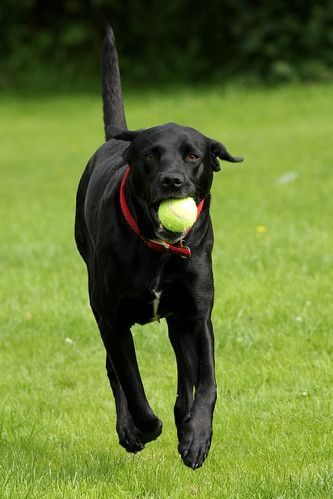- Messages
- 872
- Edit My Images
- Yes
hi all been out taking a couple of pics with my d90 and a 70-300 lens ap mode and cotinuous focusing ,but these are the pics

DSC_0214 by iwols, on Flickr

DSC_0215 by iwols, on Flickr
the lens seems to be not focusing properly,seems to be hunting all the time even when i point it at something stationary and then move it to something else any ideas guys thanks
ps this is one i took some time ago which was much better although it was probably in auto mode

DSC_0018 by iwols, on Flickr

DSC_0214 by iwols, on Flickr

DSC_0215 by iwols, on Flickr
the lens seems to be not focusing properly,seems to be hunting all the time even when i point it at something stationary and then move it to something else any ideas guys thanks
ps this is one i took some time ago which was much better although it was probably in auto mode

DSC_0018 by iwols, on Flickr
Last edited:






































